A ribbon microphone is an unusual type of dynamic microphone. It is based on a thin metal line (usually aluminum deck) or film. The film is between the two poles of the magnet.
By the way, check our top picks for Best Ribbon Microphones in 2023
The name implies that its main feature is that the sound coil system is replaced by a thin metal layer acting as both an acoustic membrane and electric winding
- Advantages of tape microphone: very natural, warm, and precise sound; very wide bandwidth.
- Also, some of the disadvantages: are extreme fragility, requiring a preamplifier, very high price, and easy to reach the saturation level.
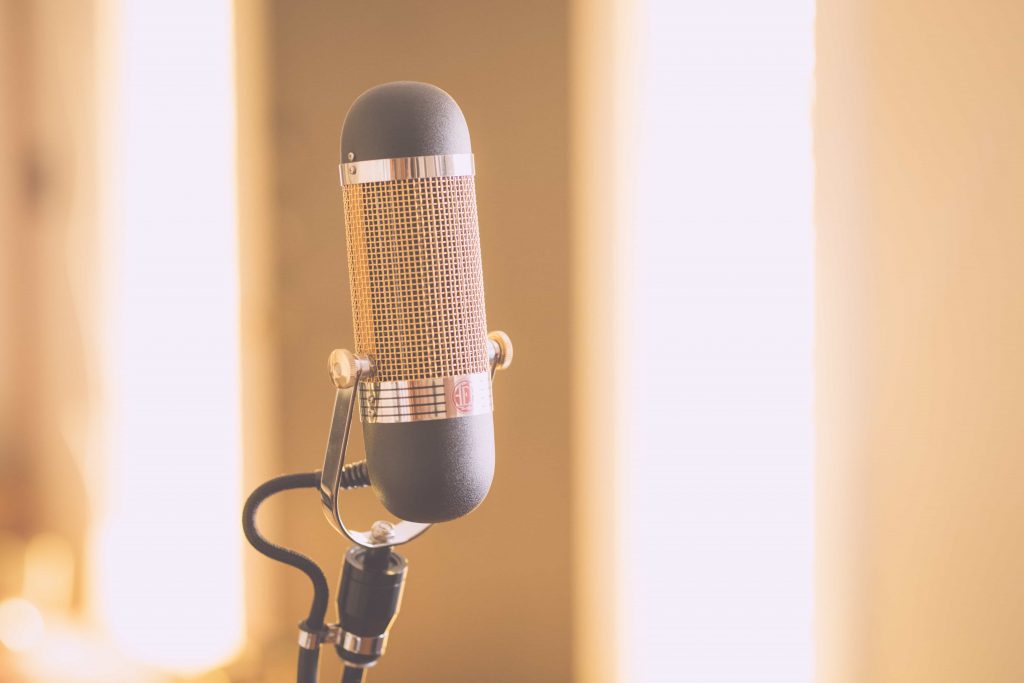
The thing about tape is that it’s free. If in the capacitor and dynamic microphones the diaphragm is fixed in a circle and stretched, then the aluminum film in the belt models is fixed only on top and bottom, which makes it very responsive even to the slightest external impact.
Then, this is what it takes to accurately and accurately transmit sound. There is an analogy with a waving sail.
This design has a drawback – it is very fragile because the ribbon is thinner than human hair. If you don’t store the microphone properly, the tape might sag, and we won’t get any quality sound.
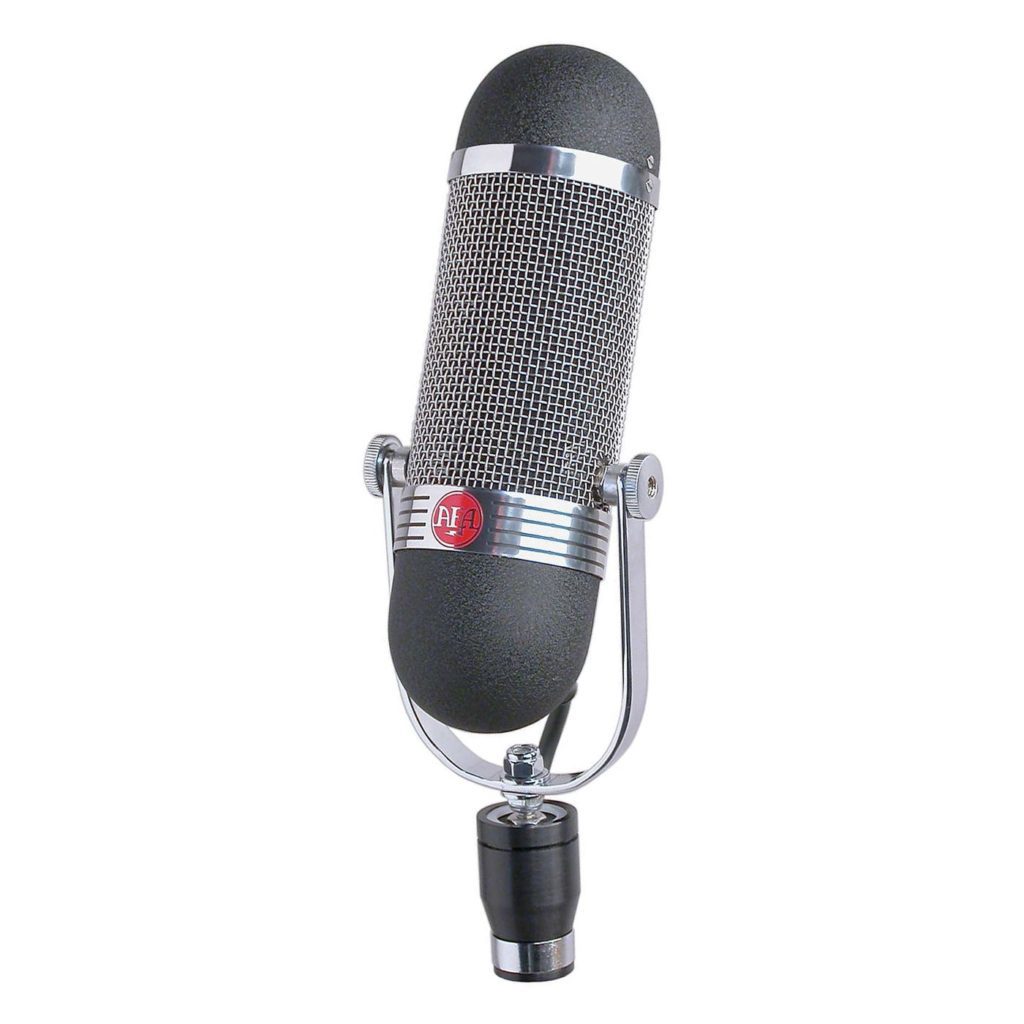
If we are dealing with an active microphone, a single power surge is able to disable the tape, so the network protection in the studios is taken particularly seriously.
You may also like: 10 Best condenser microphones for every budget
Active and passive tape microphones
While passive tape microphones provide fantastic sound quality paired with the right preamplifier, active tape microphones make this sound easier to obtain.
Characteristics of a ribbon microphone:
- Tape microphones are very fragile. This is partly due to the very thin tape material suspended in the magnetic gap. Most people don’t realize how thin this tape is. An extremely fragile aluminum strip should be handled carefully and protected from wind gusts or “explosive” sounds.
- Classic ribbon microphones have a lower output than modern capacitor microphones, and their greater sensitivity to input resistance can make their sound gloomy.
- As for the darkness of sound, the reason why tape microphones sound darker is because of how the tapes respond to different frequencies.
Simply put, lower frequencies affect tape microphones more than high frequencies, resulting in a smooth downturn with reduced output at high frequencies, where waveforms are proportionately shorter.
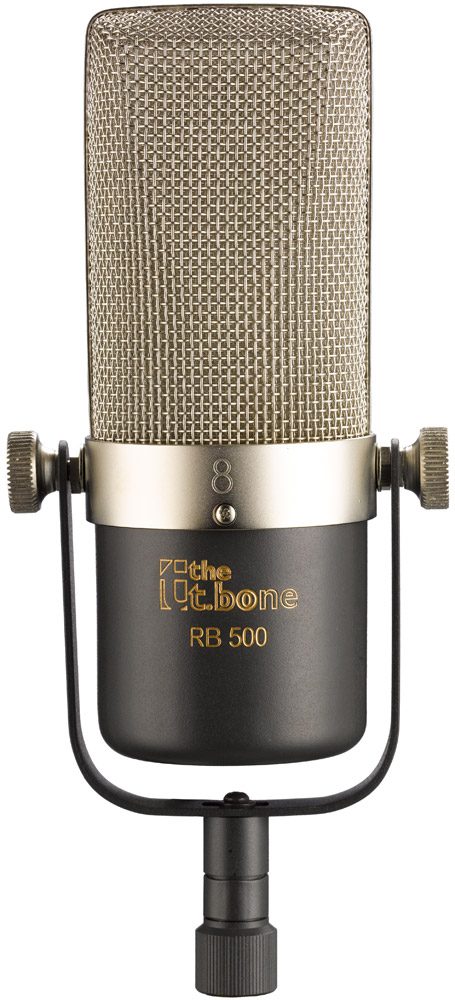
On the plus side, tape microphones work perfectly with equalizer, and all high frequencies are present even if they are slightly muted, so you can easily extract them
One of the main qualities of a tape microphone is detail. But the microphone is not too sensitive.
This thing allows them to recognize the inaccuracies of sound nearby, keeping them isolated from foreign sounds and unnecessary noise.
In fact, tape microphones are ideal for situations where the sound level coming from the back of the microphone is much lower than from the front, such as guitar cabinets or choirs in large rooms.
You may also like: 7 Best microphones for iOS
Ribbon microphone targeting
All tape microphones are naturally bidirectional, giving them a directional pattern of eight.
Talk shows on radio and television often use a tape microphone because it can pick up sounds on either side of the speaker, even when the microphone is directed towards the audience or crew. (it also helps to block extra sounds)
But surely the coolest thing about tape microphones is their unique nonlinearity.
The sound output of the tape microphone is surprisingly honest and accurate. While for some sources you want the microphone to be flattering, tape microphones are perfect when you want your recordings to sound perfectly natural.
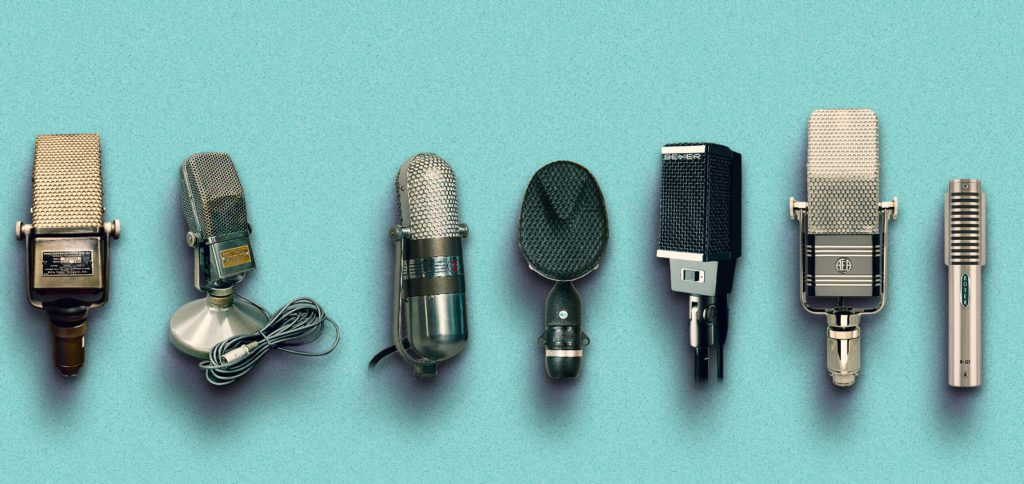
Tape microphones are particularly good when recording the following things:
- Electric guitar
Here is the feature of tape microphones in the way they record the top frequencies of the «accelerated» amplifier.
To get a sound that will contain both vintage warmth and modern punching sound, some engineers use a combination of tape and dynamic microphones.
- Vocal
Since the mid-1960s, vocal tracking has firmly occupied capacitor microphones with a large diaphragm, so the tape is usually not used for such purposes. But if you want to achieve a special, unusual sound, you should experiment with tape microphones.
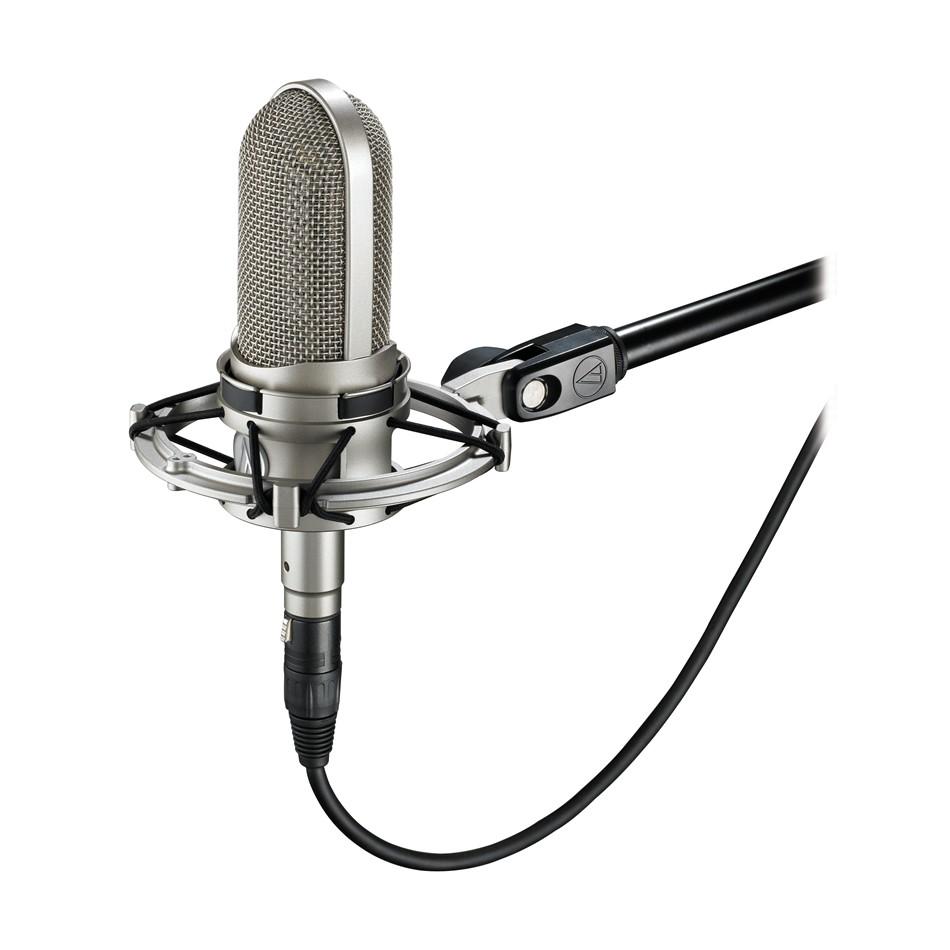
Warning: Use the microphone with caution. Although tape microphones can withstand severe sonic pressure, you run the risk of encountering the sound of airflow into the microphone.
It is recommended to put two or more pop filters to level out the explosive consonants that annoyingly squeeze on the record.
- Drums
The headache of any sound engineer – overfeeding. The signal can easily get rough and bang on the ears, especially if the studio room is not well prepared, or the drummer is not very well managed with the dynamics.
One way to handle the attack and leave the soft top of the plates is to use tape microphones.
- Acoustic instruments
Ribbon microphones with fragile tape have gained popularity in the music studios of the orchestra. They are loved no less than capacitors. The microphone very accurately transmits the sound of the cello and double bass.
- Room
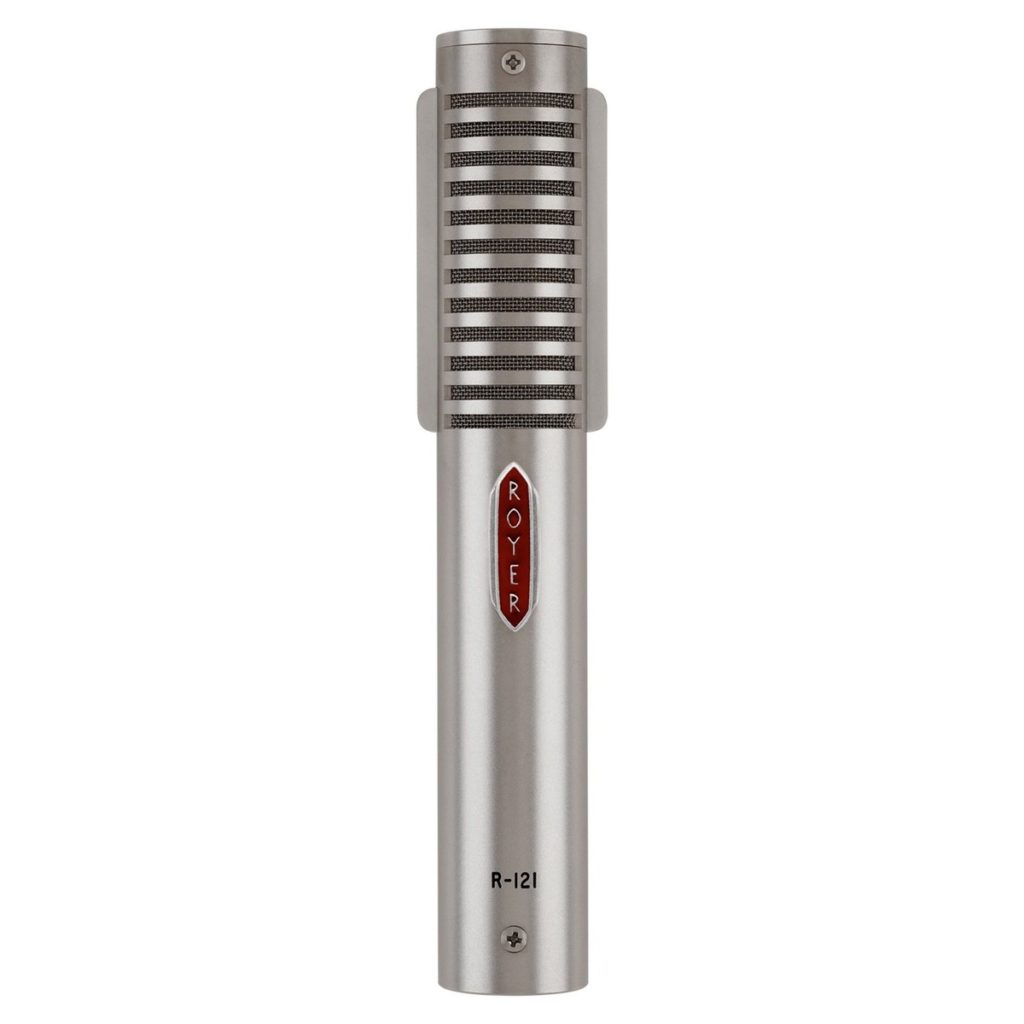
To add realism to a sound picture, a separate microphone (or stereo couple) may be required to remove the room.
But here it is worth a sober assessment of the room. If it is poorly prepared for recording, the result may be disappointing.
You may also like: 14 Best microphones for your smartphone
On the other hand, if the main problem is excessive brightness, the tape microphone will help level it, soften the reflections and make the sound more natural.
You may also want to check archive to see what ribbon microphones where popular in 2019, and 2020.
Many tape microphones are good for removing transient signals, such as a short attack of a small drum or volume.